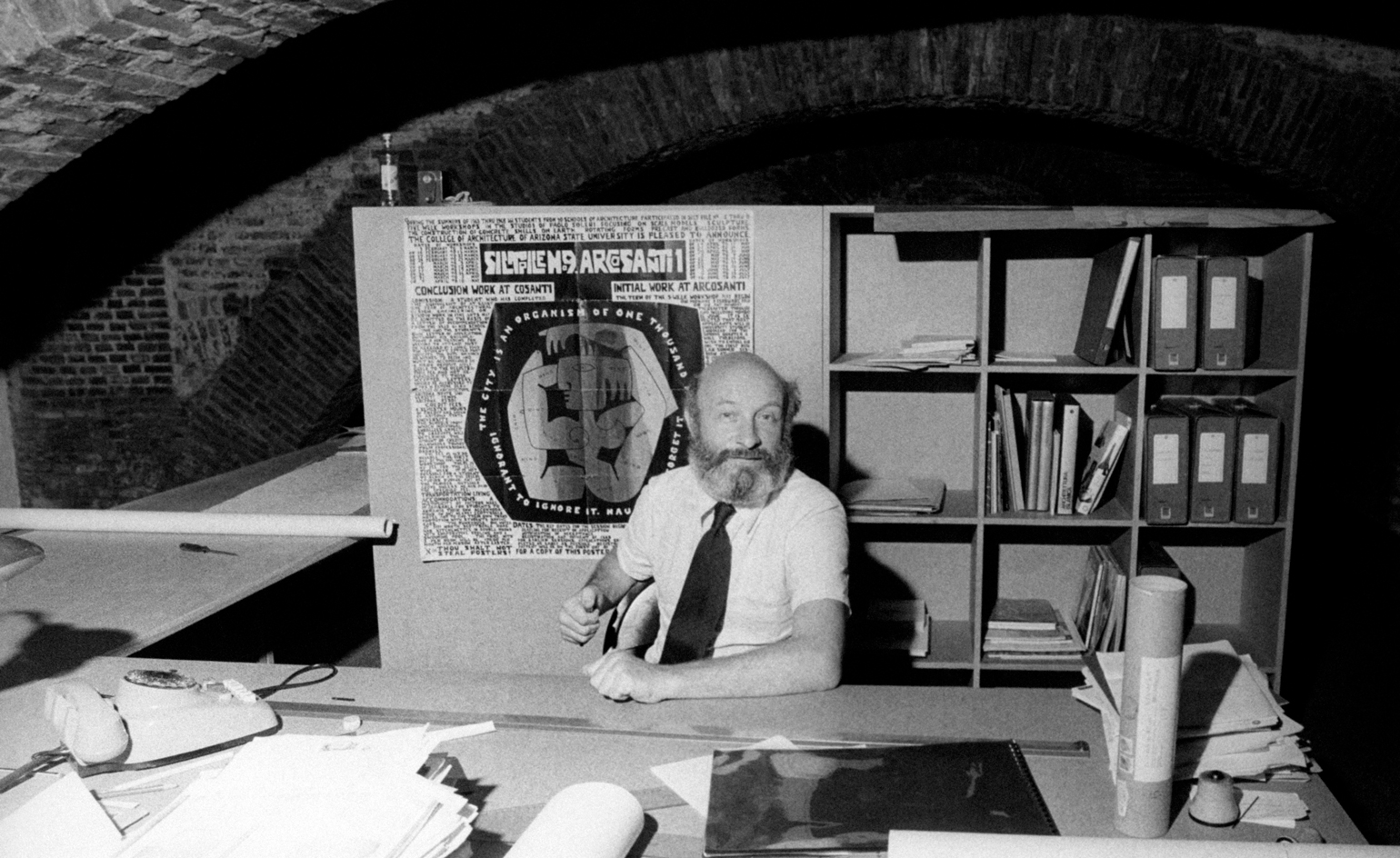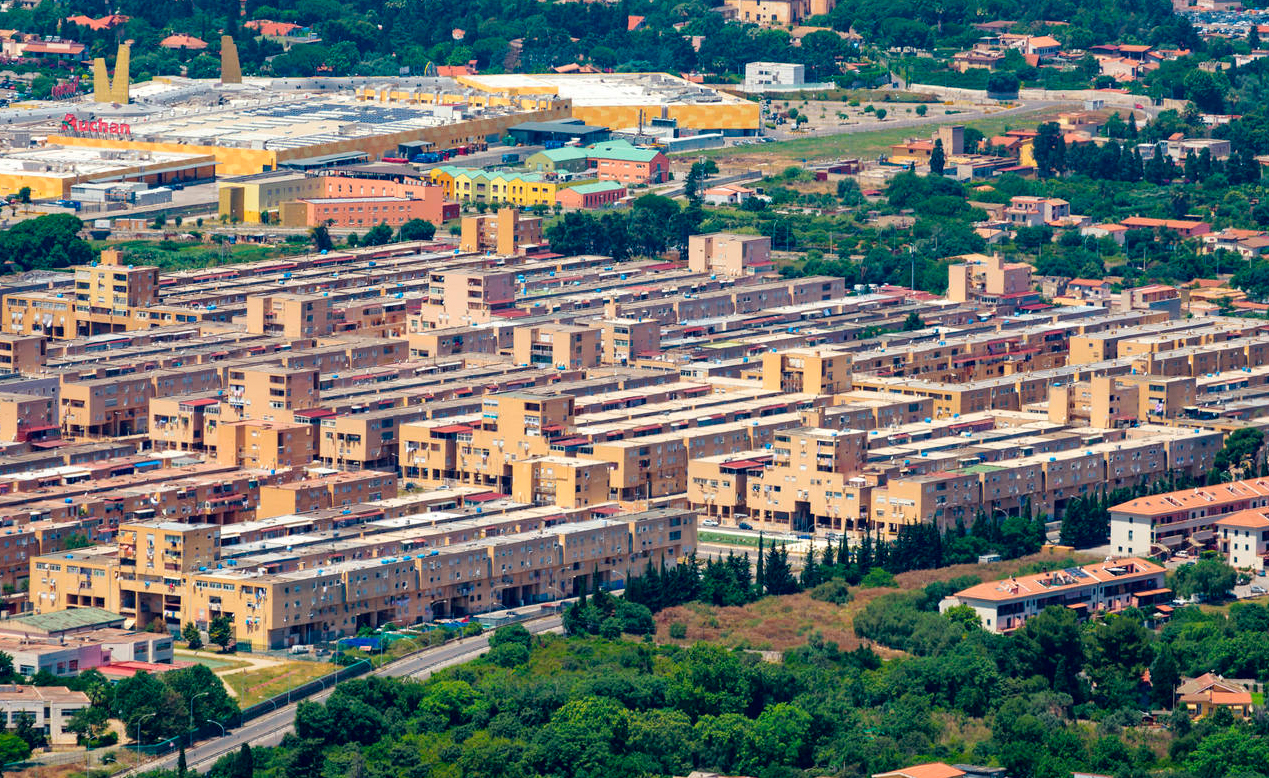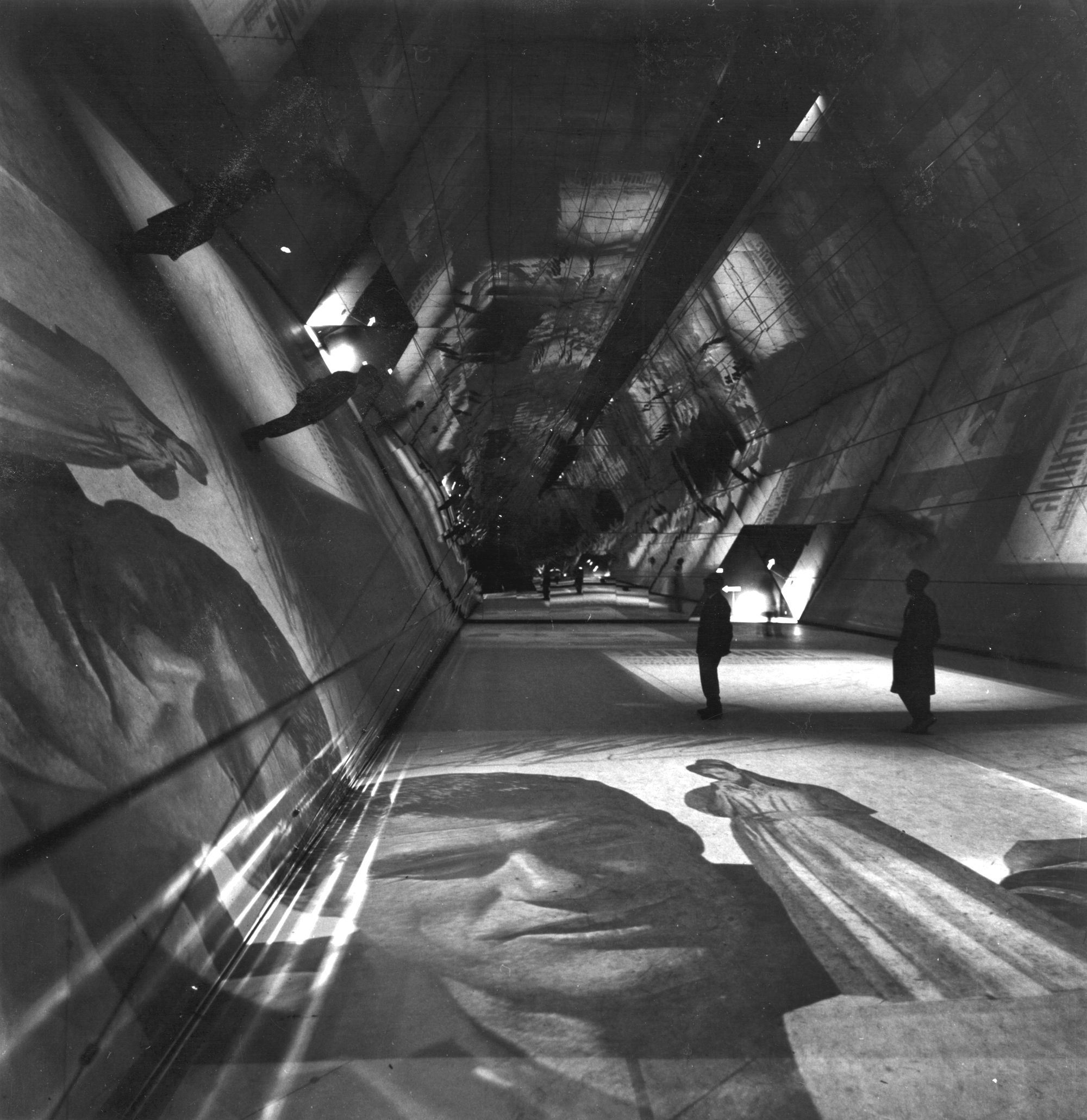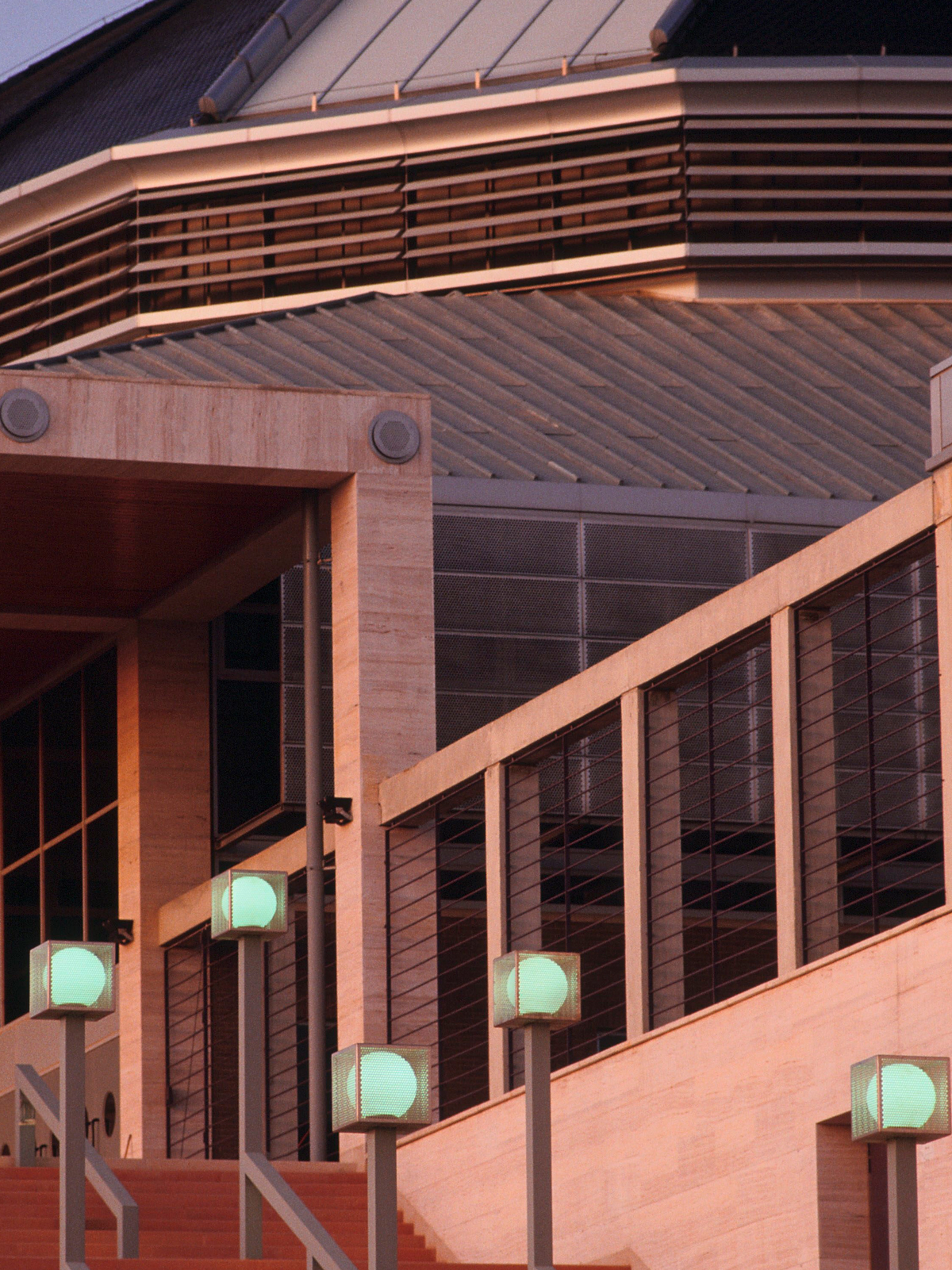Remembering Vittorio Gregotti: architect, thinker, Italian
We celebrate the legacy of intellectual Italian architect Vittorio Gregotti

Over the weekend articles and streamed reports tried to ease the grief caused by the great loss of Vittorio Gregotti, who passed away aged 92 on 15 March, in Milan.
Gregotti was the archetype of the intellectual architect, a typically Italian figure that, from the 1960s, fused the profession with political militancy. He obstinately insisted that his work should be socially useful – both a guide and a service to the community. He took full responsibility for his actions, creating a highly cultured vision of the built world. It will take time to absorb the full complexity of this intellectual, whose work is so important for both Italian and international architecture.

Palermo ZEN neighbourhood, designed by Gregotti
Many of his most important treatises such as ‘The Architecture of the Land’ (‘Lâ architettura del territorioâ', Feltrinelli, 1966) have never been translated into English. For him, architecture was first and foremost a cultural phenomenon, an artistic practice based on the critical observation of the real world that can be applied to an area to improve it socially. He designed cities and buildings in Italy, China, Portugal, Germany and Morocco.
There is no kind of building that Gregotti did not design, so wide was his range, but they all had one thing in common: the ties to their contexts, to the decisive intervention on the landscape. Gregotti was a famous city planner, a prolific writer, editor and then director of Casabella magazine, university lecturer in Milan, Venice and Palermo, together with his friend Umberto Eco he was the curator of an unforgettable Triennale di Milano in 1964, all about ‘free time'. He was a great draftsman and made the conscious decision not to embrace digital culture.

Cover of Casabella, N. 501, April 1984, Arnoldo Mondadori Editore. The drawing depicts the Olympic Ring of Barcelona; the work, drawn and coloured in pastel by Gregotti Associates studio, represents the esplanade of Montjuic, where the Olympic facilities for the possible Games in 1992 are foreseen. The facilities include a sports hall in the first floor, a large multi-purpose stadium more in the background, and other facilities next to them, in a compact and rather quadrangular structure; in the background stands out the coastline and the sea.
At the beginning of his career, he also designed products, joining forces with Giotto Stoppino and Ludovico Meneghetti. He believed that industrial design was a discipline dedicated to the life of human beings and not to style, consumerism or brands, writing a fundamental manual on ‘Design of the Industrial Product. Italy 1860-1980', (‘Il disegno del prodotto industriale. Italia 1860-1980', Electa). This work is above all interesting for its precise definition of design as a mechanical and aesthetic strategy for realising objects, and not as a phenomenon that is subject to fads and trends.
He was director of the Visual Arts section of the Venice Biennale just after the youth protests of the early 1970s and, following his intuition, introduced the subject of space to the show – a concept that was being enthusiastically explored by artists of the time. Franco Raggi, Germano Celant and Luca Ronconi contributed to the same vision. Just two years ago, in 2018, the Padiglione d'Arte Contemporanea (PAC) in Milan, dedicated a vast retrospective show to his life and work, curated by Guido Morpurgo. Present at the inauguration of the exhibition were some of the figures that shared Gregotti's unique professional journey such as the product and graphic designer Pierluigi Cerri, the curator and writer Pierluigi Nicolin and the architect Augusto Cagnardi.

Kaleidoscope, Xiii Triennale di Milano, 1964, which Gregotti curated alongside Umberto Eco
During those days I passed by via Matteo Bandello in Milan, historic home of Gregotti Associati studio, in the company of Stefano Boeri, architect and president of the Triennale di Milano. He told me that that studio ‘was the first in Milan to be a cosmopolitan place, a platform for collective thinking, open to the architectural cultures and philosophies of Japan, Portugal, China, and connected to the literary and musical culture of Venice and Paris, to all of which Vittorio Gregotti had been a great orchestral conductor'.
Gregotti passed away of pneumonia, after contracting the novel coronavirus, Covid-19. The Milanese community takes up his cultural heritage and will continue to express it while respecting those who, today, mourn the loss of a figure. Due to current government regulations, no public commemorative service has been planned.

Sant Jordi Sports Palace, at the Olympic Installation designed by Gregotti in Barcelona in October, 1991.
Receive our daily digest of inspiration, escapism and design stories from around the world direct to your inbox.
-
 At last: a London hotel that’s great for groups and extended stays
At last: a London hotel that’s great for groups and extended staysThe July London Victoria, a new aparthotel concept just steps away from one of the city's busiest rail stations, is perfect for weekends and long-term visits alike
-
 Three new smartwatches showcase new frontiers in affordable timepiece design
Three new smartwatches showcase new frontiers in affordable timepiece designLong may you run: smartwatches from Withit, Kospet and OnePlus favour function and value above all else, demonstrating just how much the smartwatch has evolved in recent years
-
 Debuts, dandies, Demi Moore: 25 fashion moments that defined 2025 in style
Debuts, dandies, Demi Moore: 25 fashion moments that defined 2025 in style2025 was a watershed year in fashion. As selected by the Wallpaper* style team, here are the 25 moments that defined the zeitgeist
-
 Modernist Palazzo Mondadori’s workspace gets a playful Carlo Ratti refresh
Modernist Palazzo Mondadori’s workspace gets a playful Carlo Ratti refreshArchitect Carlo Ratti reimagines the offices in Palazzo Mondadori, the seminal work by Brazilian master Oscar Niemeyer in Milan
-
 Wang Shu and Lu Wenyu to curate the 2027 Venice Architecture Biennale
Wang Shu and Lu Wenyu to curate the 2027 Venice Architecture BiennaleChinese architects Wang Shu and Lu Wenyu have been revealed as the curators of the 2027 Venice Architecture Biennale
-
 At the Holcim Foundation Forum and its Grand Prizes, sustainability is both urgent and hopeful
At the Holcim Foundation Forum and its Grand Prizes, sustainability is both urgent and hopefulThe Holcim Foundation Forum just took place in Venice, culminating in the announcement of the organisation's Grand Prizes, the projects especially honoured among 20 previously announced winning designs
-
 Carlo Ratti reflects on his bold Venice Architecture Biennale as it closes this weekend
Carlo Ratti reflects on his bold Venice Architecture Biennale as it closes this weekendThe Venice Architecture Biennale opens with excitement and fanfare every two years; as the 2025 edition draws to a close, we take stock with its curator Carlo Ratti and ask him, what next?
-
 Step inside Casa Moncler, the brand’s sustainable and highly creative Milanese HQ
Step inside Casa Moncler, the brand’s sustainable and highly creative Milanese HQCasa Moncler opens its doors in a masterfully reimagined Milanese industrial site, blending modern minimalism and heritage, courtesy of ACPV Architects Antonio Citterio Patricia Viel
-
 Aldo Frattini Bivouac is a mountain shelter, but not as you know it
Aldo Frattini Bivouac is a mountain shelter, but not as you know itA new mountain shelter on the northern Italian pre-Alp region of Val Seriana, Aldo Frattini Bivouac is an experimental and aesthetically rich, compact piece of architecture
-
 The 2026 Winter Olympics Village is complete. Take a look inside
The 2026 Winter Olympics Village is complete. Take a look insideAhead of the 2026 Winter Olympics, taking place in Milan in February, the new Olympic Village Plaza is set to be a bustling community hub, designed by Skidmore, Owings & Merrill
-
 Honouring visionary landscape architect Kongjian Yu (1963-2025)
Honouring visionary landscape architect Kongjian Yu (1963-2025)Kongjian Yu, the renowned landscape architect and founder of Turenscape, has died; we honour the multi-award-winning creative’s life and work